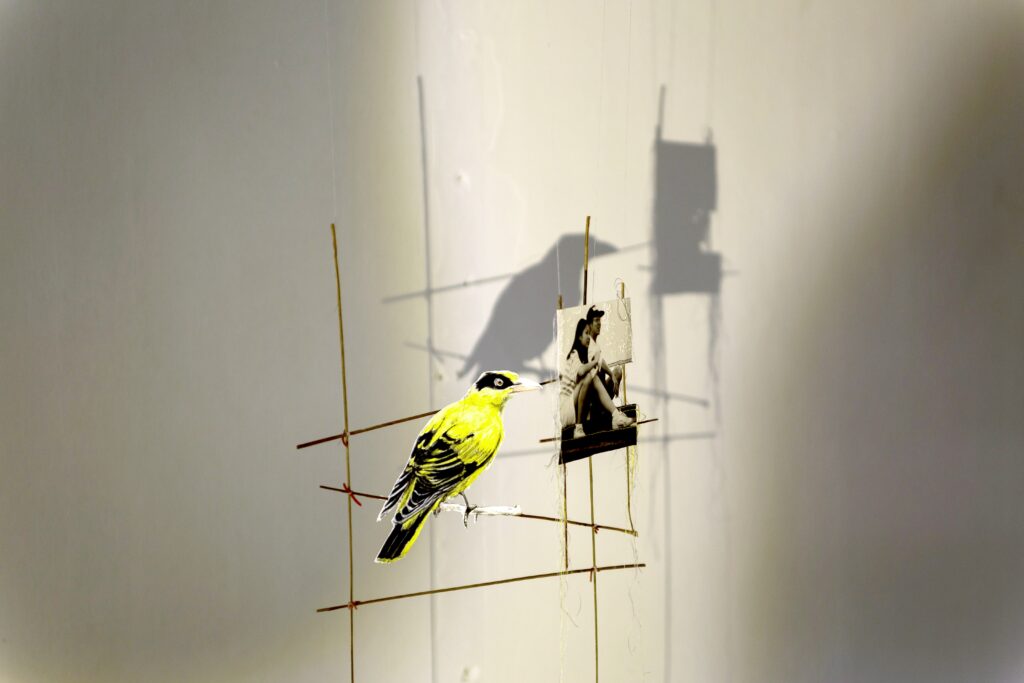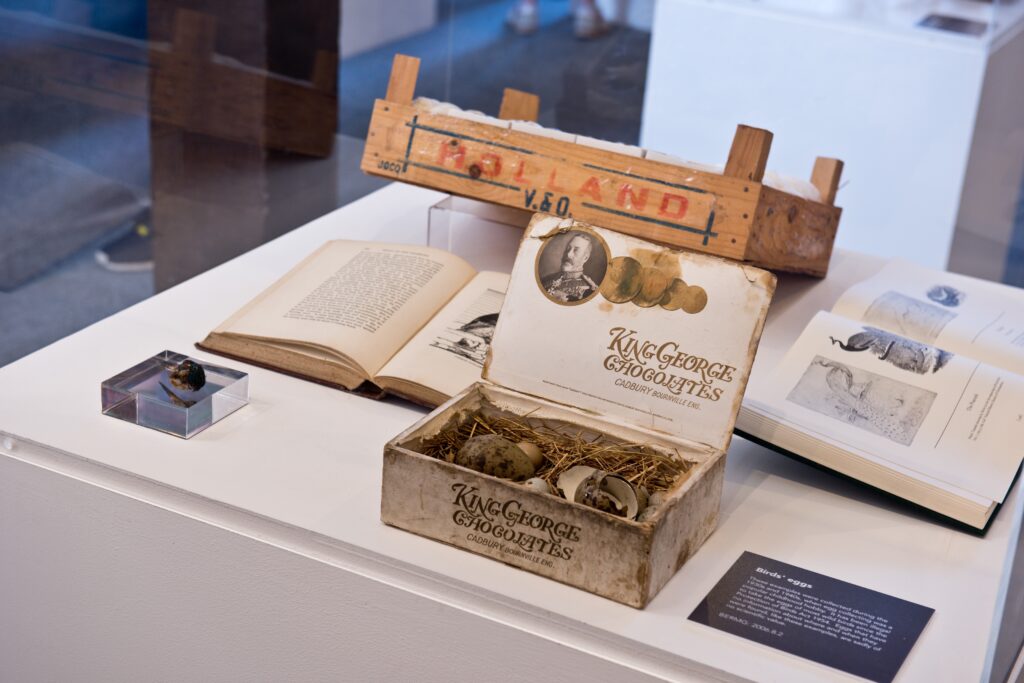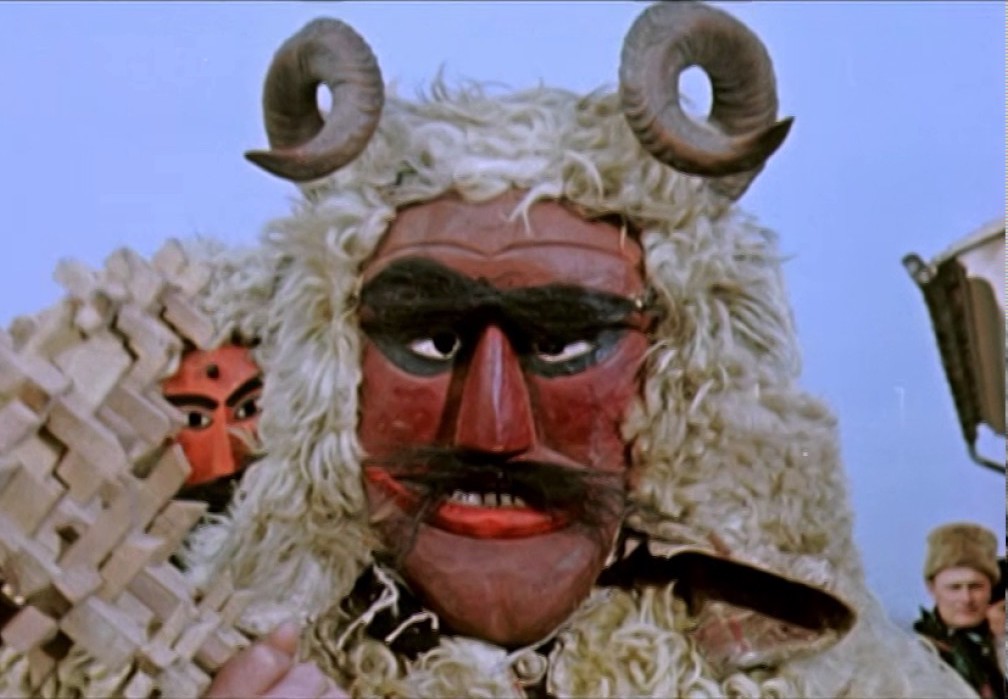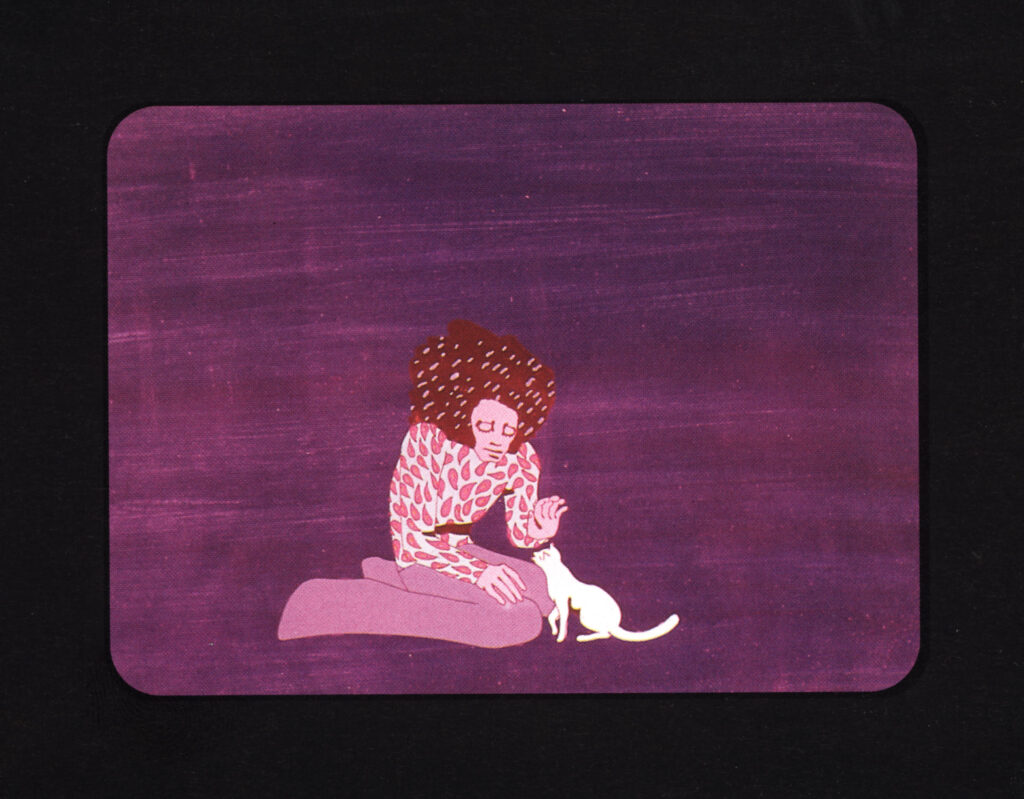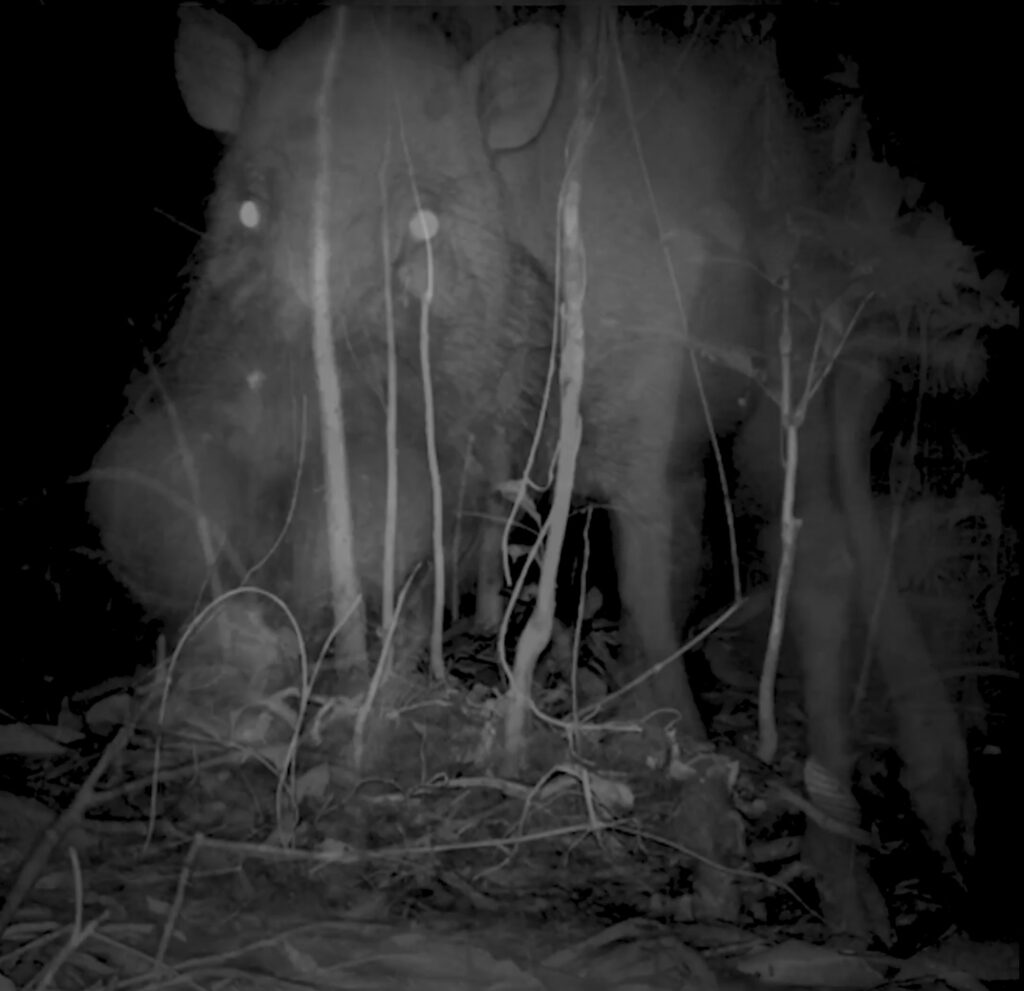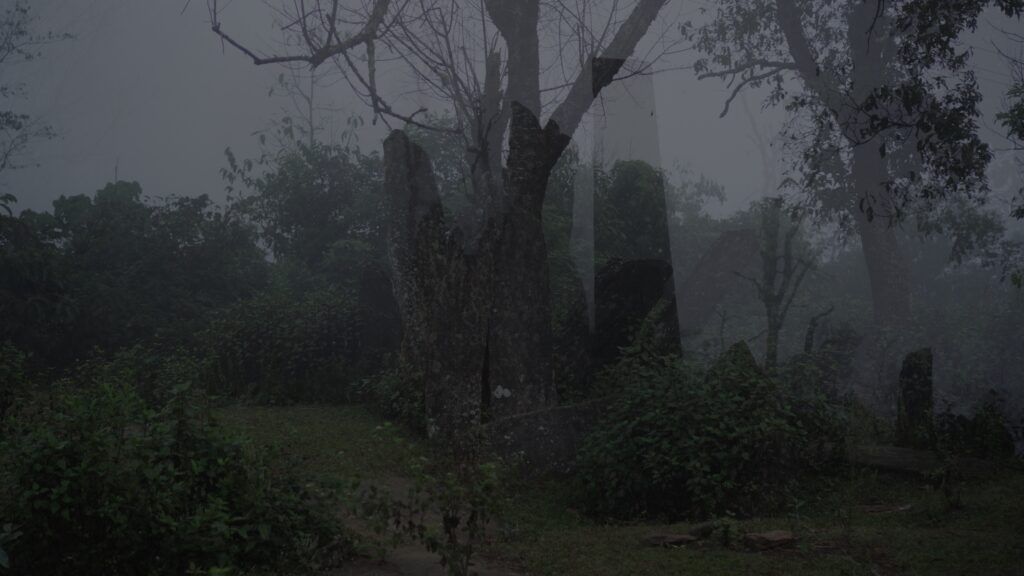
Zinzi Minott
Zinzi Minott is an artist and dancer whose work focuses on the relationship between dance, bodies and politics. She explores how dance is perceived through the prisms of race, queer culture, gender and class and is specifically interested in the place of Black women’s body within the form. As a dancer and filmmaker, she seeks to complicate the boundaries of dance, seeing her live performances, filmic explorations and objects as different but connected manifestations of dance and body based outcomes and enquiry. Broken narratives, disturbed lineages and glitches are used by Minott to explore notions of racism one experiences through the span of a Black life. Sharing Caribbean stories in her work, she highlights the histories of those enslaved and the resulting migration of the Windrush Generation. Current commissions and residences are with BFMAF, Spike Island (Bristol), Transmission (Glasgow), 198 Gallery and Cubitt Gallery (London). In 2016–17, she was artist-in-residence at both Tate Modern and Tate Britain. Zinzi has also been an artist-in-residence at Serpentine Gallery, Rich Mix and Dance Research Space, and is currently a resident artist at Somerset House and Once Dance UK Trailblazer. Zinzi is one of two artists commissioned under ‘CONTINUOUS’, a four-year partnership between BALTIC Centre for Contemporary Art (Gateshead) and Siobhan Davies Dance to explore the relationship between contemporary dance and the visual arts.
Working with moving image collective Film Bee and experimenting with a sequence of Bernadette Mayer’s surrealist writing exercises, Berwick Youth Project have created an uncanny computer game character, an existentialist chicken piece from a 20 nugget share box. This lo-fi film reflects the group’s close reading of screencasts of popular video game intros uploaded to Youtube. The work will be available to view during the Festival at the Visitor Centre and on the BFMAF YouTube channel from Thursday 19 September.
Run Time
The Migrant Ecologies Project is a collaborative project that brings together various art practice-led inquiries into questions of culture and nature in Southeast Asia. Animistic Apparatus presents two installations—Railtrack Songmaps and Teak Road—from the Singaporean project.
In Beyond the Field artist Matt Stokes uses folk instruments to create the sounds produced by fauna present in the landscape of Berwick-upon-Tweed in the mid 1700s. This was during the Agricultural Revolution when the flower-rich meadowlands described by writers surveying the Tweed Valley were being drained and replaced with crops. The shift in farming practices altered local biodiversity, effecting the plants, insects, birds and mammals present in the area.
Commissioned and presented by Museums Northumberland at Berwick Museum & Art Gallery
Secondary Schools are invited to bring students to watch a dedicated screening of short films from our Fantastika series, introduced by BFMAF Associate Programmer Herb Shellenberger.
Run Time
Bugs and Beasts Before the Law explores the history and legacy of the “animal trials” that took place in medieval Europe, in which animals—and other non-humans, such as insects and inanimate objects—were put on trial for various crimes and offenses, ranging from trespassing and thievery, to assault and murder. This history of colonial law-making forged political and sometimes profane relationships between humans and animals. Bambitchell’s essayistic film reimagines common perceptions of legal history and, in doing so, produces a world where past and present, fiction and non-fiction, human and animal fuse. —Bambitchell
Camera Trap is a comparative video using moving images made a hundred years apart.
Commissioned by Animistic Apparatus to make a video responding to Southeast Asian animistic practices of communicating with spirits, Tanatchai Bandasak draws inspiration from the presence of prehistoric standing stones in the highlands of Laos.
Tim Alsiofi’s unflinching document of people sheltering in a city under siege reaffirms the importance of transparency and immediacy in documenting crucially important scenes of unfolding history through moving images.
‘Double Ghosts’ is a multi-part exhibition which traverses the Pacific drawing on historical fragments, traces and ghosts from the coasts of Chile to a mountain cemetery in Taiwan. Exploring the status and potential of unrealised and fragmented histories, the exhibition draws together 35mm film, sound recordings, script fragments, photography and archival material filmed and gathered in Chile, France and Taiwan.
‘Double Ghosts’ was commissioned by Berwick Film & Media Arts Festival in partnership with Berwick Visual Arts
Ben Rivers’ magnificent film of a sloth doesn’t encourage lazy viewing. Rather, it’s an active, engaging and engrossing experience. Time becomes suspended as each breath, every movement becomes a theatrical drama unfolding before our eyes. Perhaps implicitly poking fun at the term ‘slow cinema’, Rivers instead gives us an exquisite example of ‘sloth cinema’.
Fireworks (Archives) is Apichatpong Weerasethakul’s offering to the potent spirits of his home region, shot in the sculpture park of a little-known nonconformist temple in the northeast of Thailand.
O’ Pierrot treads the stock, pantomime narra- tive of Pierrot the Clown, told this time from a lesbian, mixed-race, British perspective. The quest for British identity, so often played out in too-real grey-scale is here translated in glowing colour via 8mm stock.
Commissioned by The New Flesh as part of the 2019 residency programme, using public funding from Arts Council England
Cinématon is a major film work composed by Gérard Courant since 1978. The film consists of silent, three-and-a-half minute portraits of artistic and cultural personalities, numbering over 3,000 to date. The person being filmed can do whatever she/he wants. Taken together, they constitute an archive of international art, film, theatre and entertainment scenes of the past four decades. Jean-Luc Godard, Julie Delpy, Terry Gilliam, Babette Mangolte and Sergei Parajanov star alongside a cast of thousands.
Supported by Northumberland Cultural Fund and ‘Welcome Visitor’ Project



